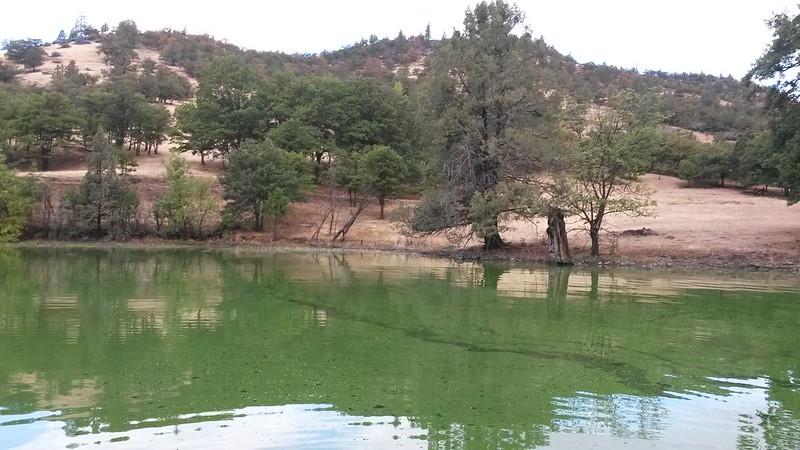
New Research Will Help Identify Toxic Algae Blooms In Northwest Waters
Listen
Read
People who go to the lake to recreate often find water sources might not be safe. Correspondent Lauren Paterson reports on how research from Oregon State University could help combat toxic algae blooms throughout the Northwest. (Runtime :48)
The scummy stuff at the top of water and in the water column is often the result of too much phosphorus. It’s unhealthy for what lives in the water and for those who walk and swim in it, says OSU researcher Theo Dreher.
“So we know that these blooms are really very prevalent, and they’ve been becoming longer lasting and more intense, and more lakes have become affected,” says Dreher. “And so it’s very relevant in Washington, as it I s in Oregon, and really all around the world.”
Researchers at Oregon State University have discovered how to better identify hazardous algae blooms.
Pinpointing which types of algae have toxic genes will be a new way to better identify and remove it from lakes and reservoirs throughout the Northwest. And that will help protect recreational areas and drinking water.















